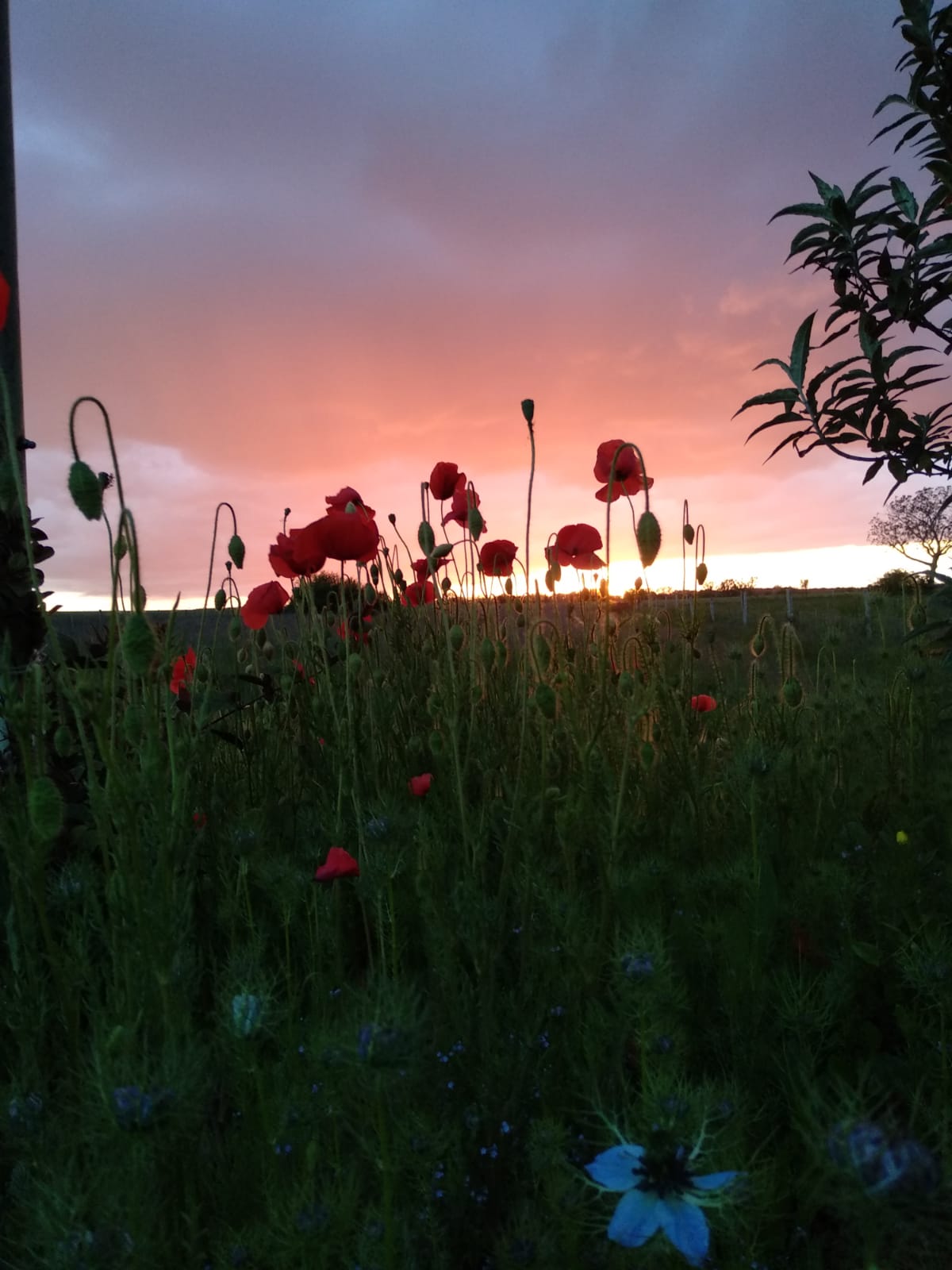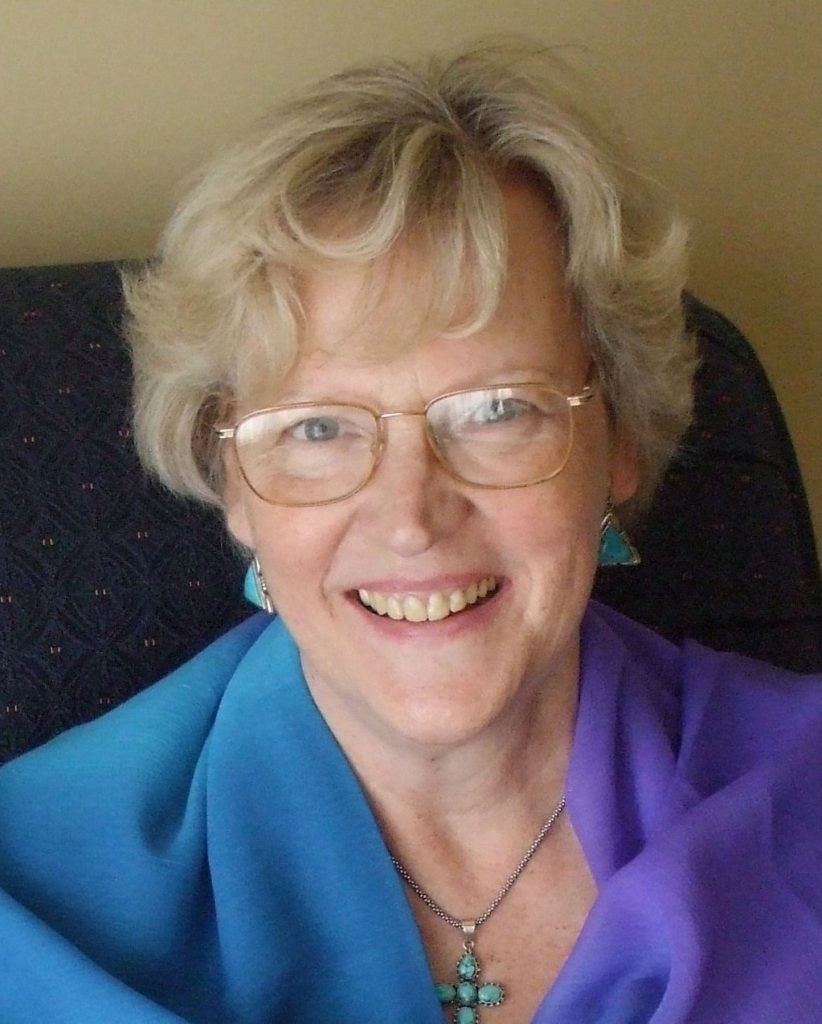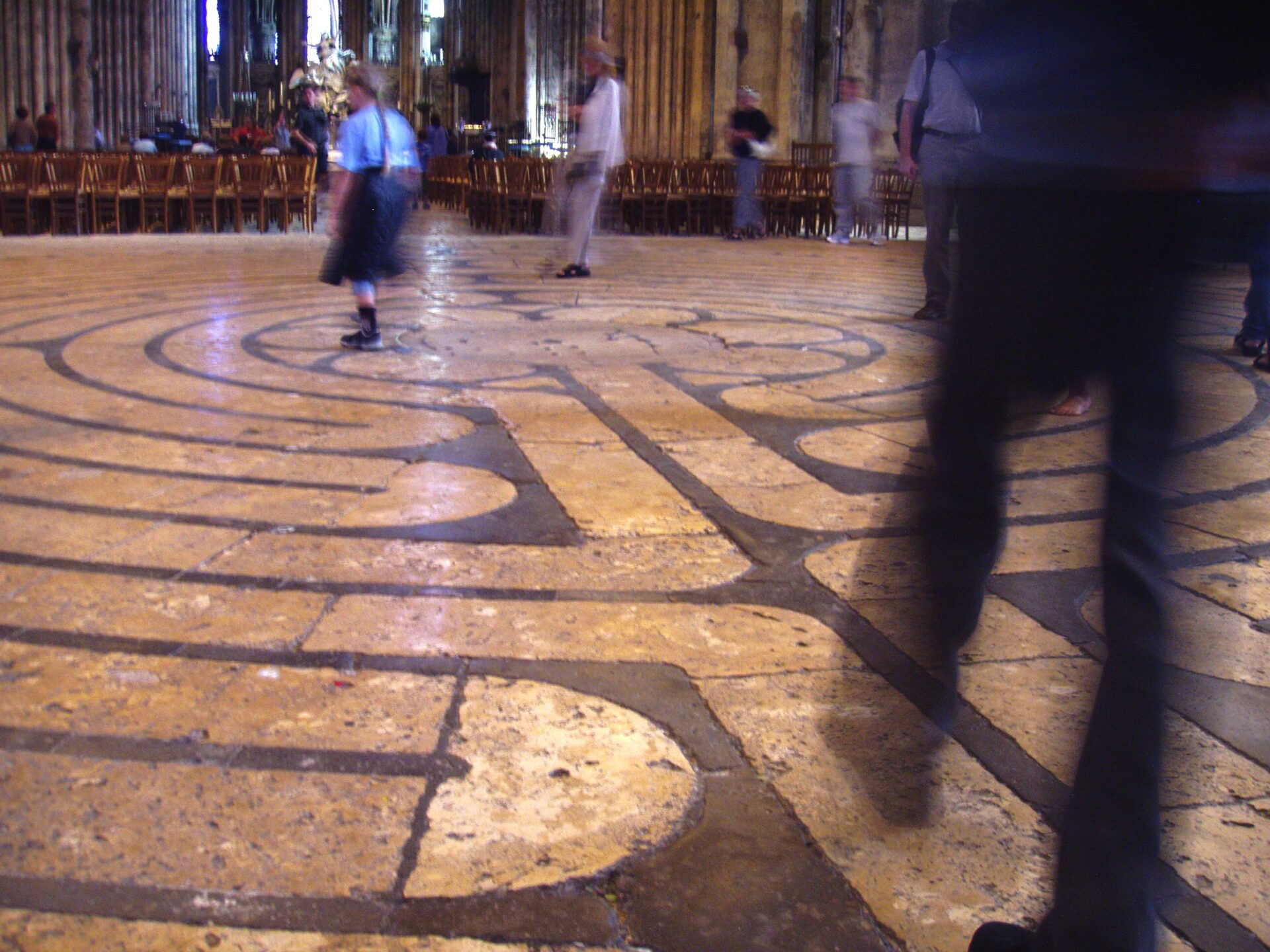Images of ourselves, other people, creation in general and God are very culturally determined. Laurence Freeman summarises this influence as follows: “At the deeper levels, in our unconscious, [the image of God] is inextricably involved with all the encounters with authority absorbed from parents, older siblings, teachers, priests, police…..The fear of rejections or punishment associated with these authority figures cut deep, leaving lingering wounds in our psyche. This fear is transferred in the child’s mind to the metaphysical symbol of God – the supreme authority….it blocks rather than ushers us into the mystery of our existence.” (p.128)
Perhaps the prevalence and endurance of the image of God as Judge is rooted in the parental influence. Parents on the whole – not all – tend to judge and criticize children, believing they do this for the children’s own good. If God is seen therefore primarily as a judge, he becomes someone to pacify rather than love. Moreover, the love children receive is more often than not conditional – a reward for good behaviour. This also makes Jesus’ teaching that God is unconditional Love and Forgiveness difficult to reconcile with our own experience of love.
The Christian Scriptures show us an evolution of images linked to our evolution of consciousness, as reflected in our social pattern. First we meet the tribal God of the Old Testament, distant, vengeful, capricious and unpredictable, like Nature, on which small often migrating communities were so dependent. This is followed by a more impartial God, omnipotent and omniscient, not quite as distant, a just ruler like the ideal King the settled community or city state then required. Later we find the God of Love of the New Testament, reflecting the need for peace and service in community, which cements relationships in larger communities.
Another aspect of the images of God we are struggling with in our time is the idea of God as He. As Laurence Freeman points out “the masculinity of the God of the Semitic religion has shaped the domestic and political structures of the societies that believe in Him….Once we are ready to see a God in which masculine and feminine are integrated, the human power systems based on male domination are fatally undermined.” (p.129) These examples show very clearly the power and influence of images. Although our images change and grow along with our spiritual understanding, they still always remain images, shadows of the real: “I say that whoever perceives something in God and attaches thereby some name to him that is not God. God is above names and above nature and ineffable”. (Meister Eckhart)
Yet, human beings need images – that is how our brain, our organ of perception on this level of reality of time and space, is made. It is difficult to relate to something ‘unnameable, ineffable, and unlimited’.’ Therefore we must be careful not to tread on the images of others. John Cassian relates the story in his ‘Conferences’ of a desert monk, who was told to let go off his anthropomorphic image of God. He obeyed, but a little later we hear his cry of anguish: “Woe is me, wretch that I am! They have taken my God from me, and I have no one to lay hold of, nor do I know whom I should adore or address!”
We need to remember always that images are only ‘the finger pointing at the moon, not the moon’, as the Buddhist saying so beautifully formulates it. Freedom of the dominance of images, however, is close at hand: “But it is only deep personal experience that frees us from those engrained images of God, which block spiritual growth and drain the spirit out of religion”. (p.130) Hence the importance of contemplative prayer, to which meditation leads.





